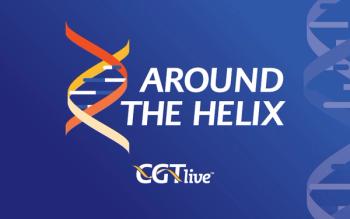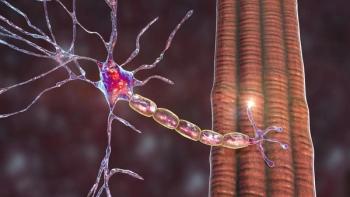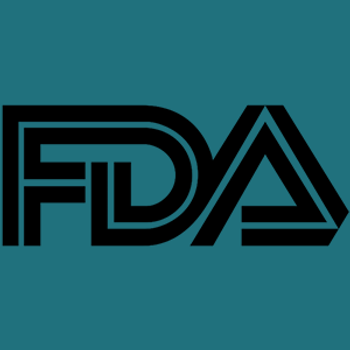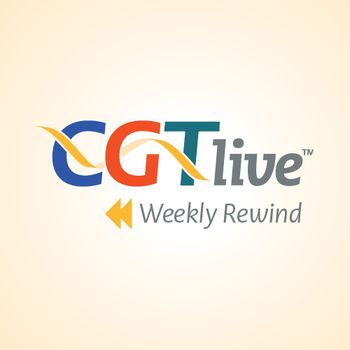
Satri-cel Makes Strides in Gastric and Gastroesophageal Junction Cancer
The CAR T-cell therapy showed promise in treating advanced gastric cancer by demonstrating improved survival rates and safety in pivotal trial results.
New results from the phase 2 pivotal trial of satricabtagene autoleucel (satri-cel), a Claudin18.2 (CLDN18.2)-targeting autologous CAR T-cell therapy in development by CARsgen, presented at the
The trial (CT041-ST-01; NCT04581473), conducted in China, is the first randomized controlled trial (RCT) of a CAR T therapy in solid tumors and offers a significant benchmark for the field. The data were presented by Changsong Qi, MD, PharmD, of the Peking University Cancer Hospital, in Beijing, China. The open-label, multicenter study enrolled patients with G/GEJC who had failed at least 2 prior lines of systemic treatment. This month, Satri-cel was recently granted priority review for this specific indication by China’s National Medical Products Administration (NMPA) after receiving a breakthrough therapy designation by the agency in March.2,3
Patients were randomly assigned in a 2:1 fashion to receive either satri-cel (n = 104) or a treatment of the physician’s choice (TPC; n = 52), including options such as apatinib, paclitaxel, docetaxel, irinotecan, or nivolumab. Patients in the TPC arm who experienced progression or drug intolerance were eligible to cross over and receive satri-cel—20 patients did so during the study period.
Satri-cel was administered at a dose of 250 × 10⁶ cells, with the possibility of up to 3 infusions per patient. The primary end point of the study was progression-free survival (PFS), as assessed by an Independent Review Committee (IRC). Secondary end points included overall survival (OS) and safety outcomes.
WATCH:
Efficacy Outcomes
Across the intent-to-treat (ITT) population, treatment with satri-cel demonstrated a statistically significant improvement in PFS, with a median PFS of 3.25 months compared with 1.77 months in the TPC group (hazard ratio [HR], 0.366; 95% CI, 0.241–0.557; P < .0001). Median OS also showed a favorable trend in the satri-cel arm at 7.92 months versus 5.49 months in the TPC group (HR, 0.693; 95% CI, 0.457–1.051; one-sided P = .0416).
In the modified ITT (mITT) population, which included patients who received at least 1 dose of study treatment (satri-cel, n = 88; TPC, n = 48), outcomes were even more pronounced. The median PFS was 4.37 months with satri-cel versus 1.84 months with TPC (HR, 0.304; 95% CI, 0.195–0.474), and median OS was 8.61 months versus 5.49 months, respectively (HR, 0.601; 95% CI, 0.385–0.939).
In an exploratory analysis of all patients who received satri-cel (n = 108) versus TPC patients who did not cross over to receive satri-cel (n = 28), the median OS was 9.17 months for satri-cel versus 3.98 months for TPC alone (HR, 0.288; 95% CI, 0.169–0.492). Among the 20 TPC-arm patients who later received satri-cel, the median OS was 9.20 months, closely aligning with those treated initially with the CAR T-cell product.
Safety Outcomes
Treatment-related adverse events (TRAEs) were reported in all satri-cel recipients (100%) and 91.7% of TPC recipients. Serious TRAEs occurred in 35.2% of satri-cel patients and 25% of TPC patients. There was 1 treatment-related death in each group: 1 because of disseminated intravascular coagulation in the satri-cel arm and 1 attributed to coagulopathy in the TPC arm.
Cytokine release syndrome (CRS), a known toxicity of CAR T-cell therapies, was observed in 95.5% of satri-cel-treated patients, with the majority experiencing Grade 1-2 events (90.9%) and 4.5% experiencing Grade 3 CRS events. Importantly, no cases of immune effector cell-associated neurotoxicity syndrome (ICANS) were reported in either group.
These data mark an important advancement for CAR T-cell therapies in solid tumor indications, an area long challenged by the tumor microenvironment and antigen heterogeneity. Satri-cel’s performance in both survival and safety metrics supports its potential to become a new standard of care for patients with CLDN18.2-positive G/GEJC.
REFERENCES
1. Qi C. Claudin18.2-specific CAR T cells (Satri-cel) versus treatment of physician's choice (TPC) for previously treated advanced gastric or gastroesophageal junction cancer (G/GEJC): Primary results from a randomized, open-label, phase II trial (CT041-ST-01). Presented at: ASCO; May 30-June 3, 2025; Chicago, IL. Abstract 4003.
2. CARsgen’s Satri-cel Granted Priority Review by the NMPA. CARsgen. News release. May 28, 2025. Accessed May 30, 2025. https://www.carsgen.com/en/news/carsgen-s-satri-cel-granted-priority-review-by-the-nmpa/
3. CARsgen’s Claudin18.2 CAR-T Therapy Satri-cel Granted Breakthrough Therapy Designation by the NMPA. CARsgen. News release. March 3, 2025. Accessed May 30, 2025. https://www.carsgen.com/en/news/20250303/
Newsletter
Stay at the forefront of cutting-edge science with CGT—your direct line to expert insights, breakthrough data, and real-time coverage of the latest advancements in cell and gene therapy.











































